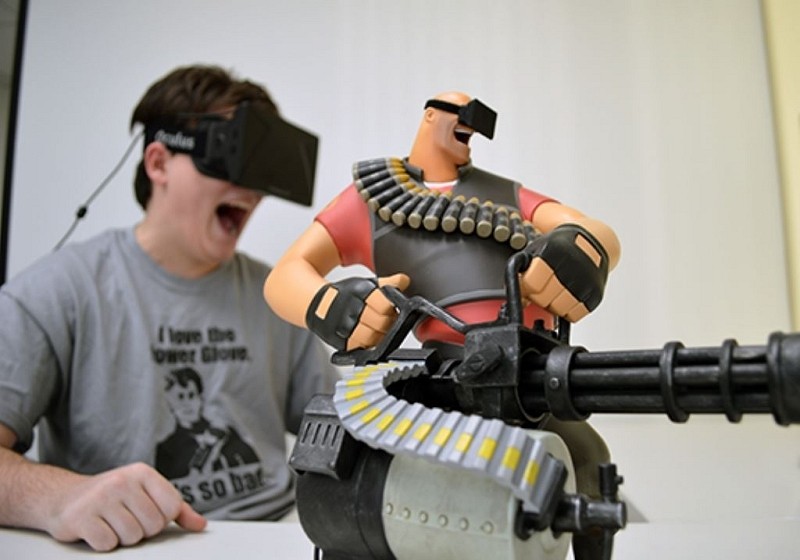AMD can now be added to the rapidly expanding list of technology companies pursuing virtual reality. The veteran chip maker has announced a software development kit called Liquid VR designed to simplify the virtual reality experience for both developers and users.
More specifically, Liquid VR will be about improving presence in virtual reality.
In order to fully feel immersed in a virtual environment, latency - the time between moving your head and seeing that reflected in the virtual world - needs to be a short as possible and ideally, non-existent. Effectively reducing latency involves pretty much every component of a VR system, from the software and GPU to the hardware a visor uses.
That's where Liquid VR comes in. AMD's solution aims to deliver smooth, liquid-like motion and responsiveness in the virtual world. The company is labeling the SDK as an alpha and making it available to select developers as of today.
Some of the features that early developers will get to play around with include hardware-accelerated time warp, affinity multi-GPU and direct-to-display. Hardware-accelerated time warp uses updated information on a user's head position after a frame has been rendered and then warps the image to reflect the new viewpoint just before it's sent to the VR headset.
Affinity multi-GPU is a fancy term that simply allows developers to better utilize multiple graphics cards. This makes it possible, for example, to allocate one GPU to a specific set of tasks while another handles a different workload.
Finally, we have direct-to-display which grans users the ability to boot directly to a VR display. Such a mode could be incredibly useful outside of gaming applications (imagine a virtual office with virtual computer screens, for example).
The technology will be exclusive to AMD hardware, setting the stage for what's bound to be another talking point in the ongoing GPU wars with rival Nvidia. Speaking of, we should hear more about Nvidia's virtual reality ambitions during its media event later this evening.
